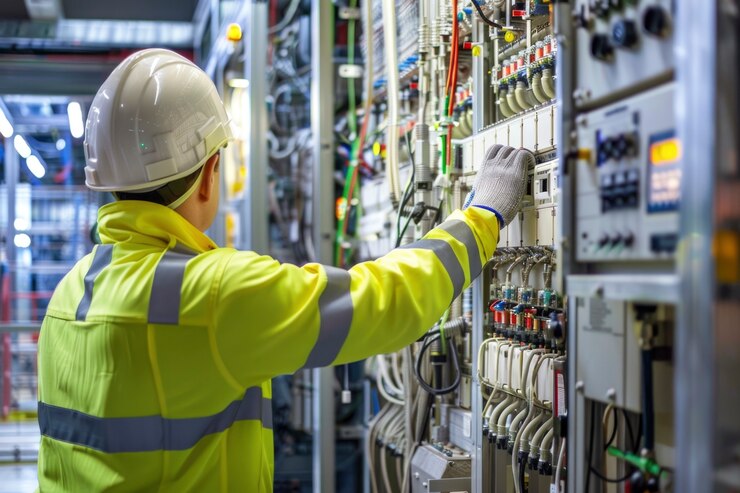Critical Components of Arc Flash Switchgear Explained

Arc flash switchgear is critical to ensuring the safety and efficiency of electrical systems. Designed to protect against arc flashes and sudden releases of energy caused by an electrical arc, it is essential for maintaining the integrity of electrical infrastructure. Understanding the critical components of arc flash switchgear is crucial for those involved in designing, maintaining, and operating electrical systems.
Critical Components of Arc Flash Switchgear
Circuit Breakers
Circuit breakers are fundamental components of any switchgear, including arc flash switchgear. They interrupt the flow of electrical current in the event of an overload or short circuit, preventing potential arc flashes.
- Low-Voltage Circuit Breakers: These breakers are used in low-voltage switchgear and are designed to protect systems operating at 1,000 volts or less.
- High Voltage Circuit Breakers: These are used in systems operating above 1,000 volts and are crucial for larger, more complex electrical networks.
Protective Relays
Protective relays monitor electrical circuits for abnormal conditions such as overcurrent, undercurrent, and overvoltage. When a fault is detected, they signal the circuit breakers to open, thus preventing arc flashes.
- Digital Relays: Modern relays are often digital, offering greater accuracy and functionality, including remote monitoring and control communication capabilities.
Arc Flash Detection Systems
These systems are specifically designed to detect the light and pressure from an arc flash. They respond almost instantaneously to mitigate the effects of an arc flash.
- Optical Sensors: Detect the bright light of an arc flash.
- Pressure Sensors: Detect the pressure wave generated by an arc flash.
Switchgear Enclosures
The enclosure of arc flash switchgear is built to contain the arc flash and protect personnel from its harmful effects. These enclosures are often reinforced to withstand the extreme conditions generated by an arc flash.
- Ventilated Enclosures: Allow for heat dissipation while maintaining safety.
- Non-Ventilated Enclosures: Provide maximum protection in environments where dust and other contaminants are a concern.
Low Voltage Switchgear
Low voltage switchgear plays a significant role in many electrical systems, especially in industrial and commercial settings. It includes several components designed to handle lower voltage levels safely.
- Busbars: Conductive bars that distribute power within the switchgear.
- Switches and Disconnects: Allow for safe isolation of electrical equipment for maintenance and repairs.
Safety Features
Arc flash switchgear is equipped with several safety features designed to protect both equipment and personnel:
- Ground Fault Protection: Detects and interrupts ground faults to prevent damage and injury.
- Personal Protective Equipment (PPE): Switchgear is often paired with PPE guidelines to ensure the safety of those working near high-voltage equipment.
- Remote Operation: Allows operators to control the switchgear from a safe distance, reducing the risk of exposure to arc flashes.
Conclusion
Understanding the critical components of arc flash switchgear is essential for anyone involved in electrical system design, maintenance, or operation. Each element ensures safety and reliability, from circuit breakers and protective relays to arc flash detection systems and enclosures. Additionally, integrating low-voltage switchgear highlights the importance of handling different voltage levels with precision and care. Investing in and maintaining high-quality arc flash switchgear can significantly reduce the risk of arc flash incidents and enhance the overall safety of your electrical infrastructure.




